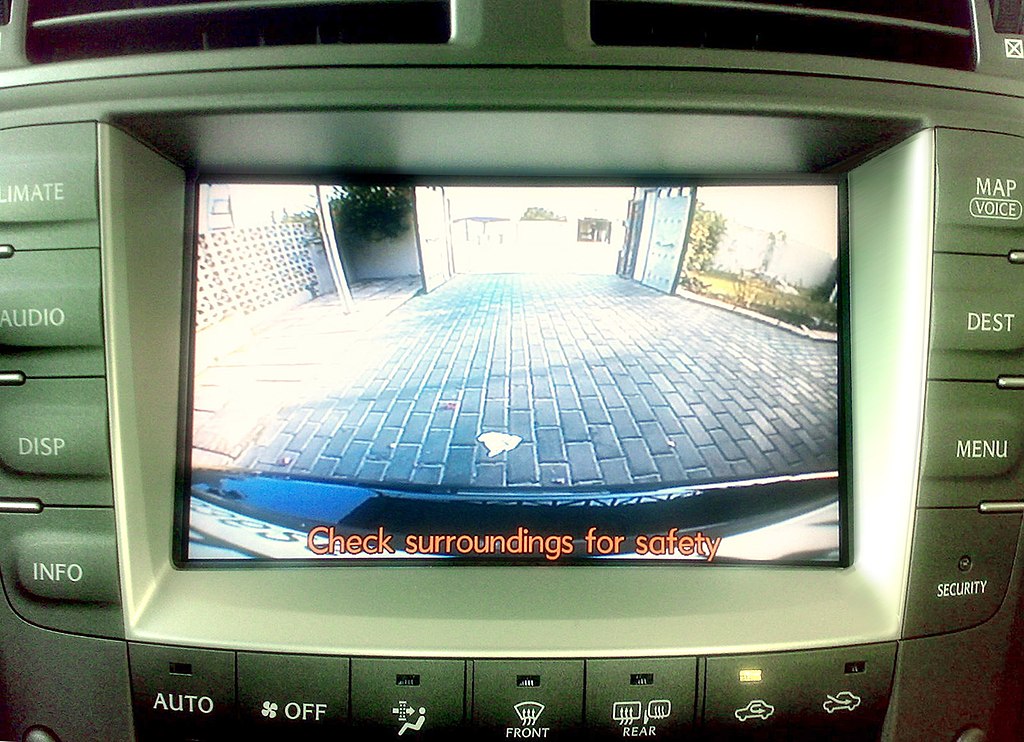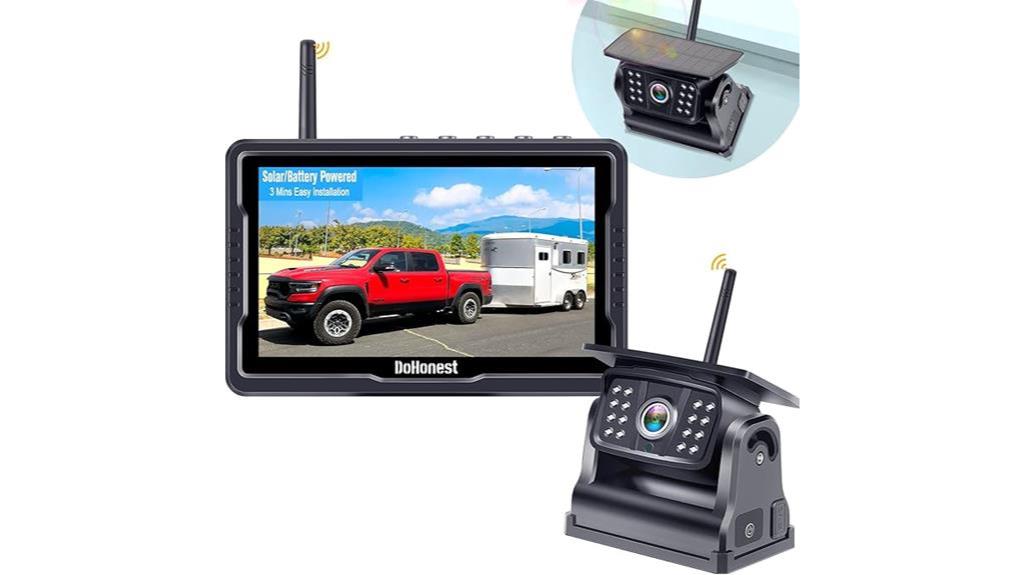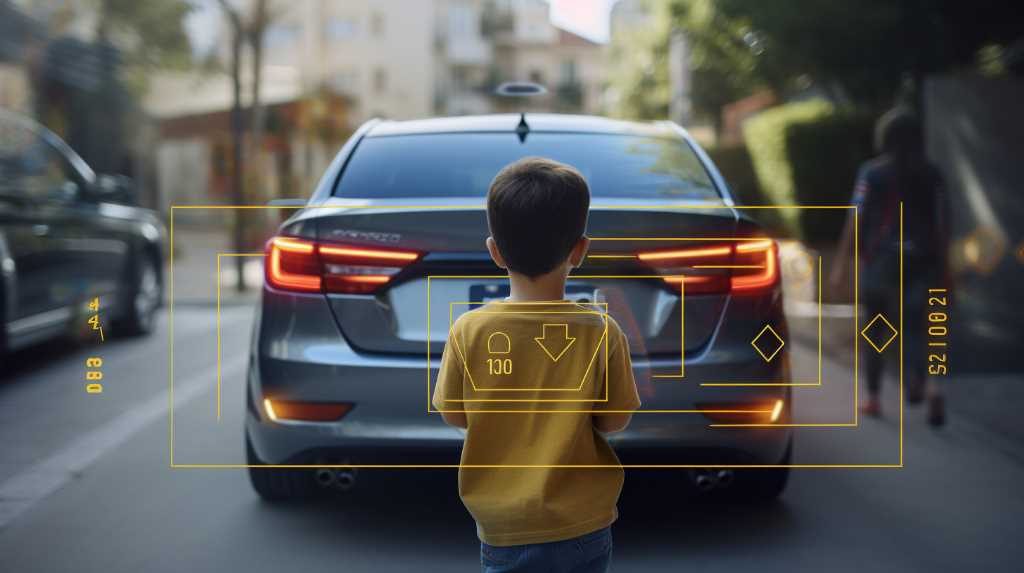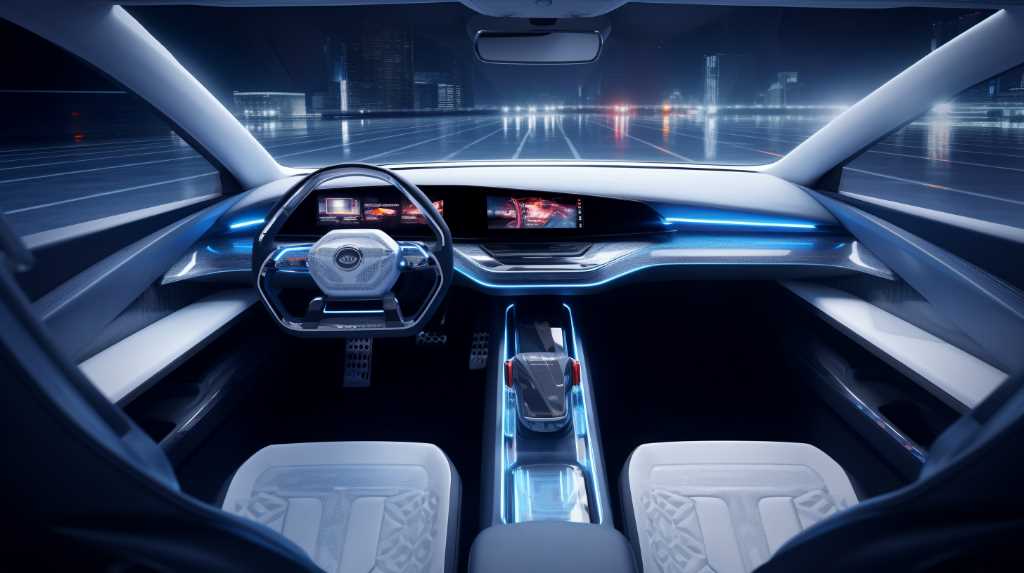You’ve probably heard the theory that integrating technology simplifies life, and when it comes to driving, this couldn’t be truer. Integrated backup camera systems for smartphones blend the convenience you’re accustomed to with the safety features you need on the road. By choosing a system that syncs with your smartphone, you’re ensuring compatibility with a device that’s already an essential part of your daily routine. Installation is often more straightforward than you might think, bypassing the need for complicated setups or additional screens on your dashboard. Plus, you’ll enjoy advanced safety features like wide-angle views and night vision, directly on your smartphone’s display. As you analyze user experiences, you’ll find that integrating a backup camera with your smartphone isn’t just about following a trend; it’s about upgrading your driving experience with technology that’s already at your fingertips.
Key Takeaways
- Simplifies the driving experience
- Offers convenience and safety
- Eliminates the need for extra monitors or proprietary systems
- Enhances parking experience and driving confidence
Understanding Smartphone Integration
You’ll gain a clearer perspective on your vehicle’s surroundings when you integrate a backup camera system with your smartphone’s capabilities. This fusion of technologies offers you convenience and safety, transforming your driving experience. With your smartphone’s screen serving as a display for the camera, you won’t be fumbling with extra monitors or proprietary systems. It’s all about streamlining.
Imagine parking in tight spots with confidence because you’re able to see what’s behind you, right on your familiar phone interface. Integration means you’re using technology you’re already comfortable with, reducing the learning curve typically associated with new gadgets. Plus, you’re likely to save a few bucks since you won’t need to invest in an additional screen.
Your smartphone’s processing power also allows for additional features like parking guidelines, object detection, and even recording capabilities. And let’s not forget, this setup is portable. You can easily switch the system between vehicles, a boon if you’re renting a car or sharing driving duties.
Choosing an integrated system isn’t just smart; it’s forward-thinking. You’re opting for an adaptable, user-friendly solution that leverages the power of your smartphone for a safer drive. And in today’s fast-paced world, that’s exactly what you need.
Compatibility With Your Vehicle
How does an integrated backup camera system for smartphones fit with your specific vehicle model? The answer largely depends on the make and model of your car as well as the backup camera system you’re eyeing. Most modern systems are designed to be universally compatible, which means they’ll work with a wide array of vehicles, from compact cars to large SUVs. But you’ll want to check the specs carefully. Look for mentions of vehicle model years or specific compatibility lists that the manufacturer provides.
You’ve also got to consider the installation process. Some vehicles come with pre-existing screens or displays that can be used to show the camera’s feed, while others might require a bit of ingenuity or professional help to get the system up and running. If you’re not particularly handy, you might prefer a system that’s plug-and-play, reducing the need for complex wiring or alterations to your car’s interior.
Lastly, don’t forget about the smartphone side of things. Make sure the app associated with the backup camera is compatible with your phone’s operating system, whether it’s iOS or Android. Some apps might offer enhanced features like parking guides or night vision, which can be a huge plus for your driving experience.
Installation Simplified
Installing an integrated backup camera system on your smartphone streamlines the process, allowing you to enhance your vehicle’s safety features without the need for complex tools or technical know-how. You’ll find that most of these systems come with user-friendly instructions, and you can often complete the setup in just a few steps.

First, you’ll typically download an app that pairs with your camera. This app is what transforms your smartphone into a display for the camera’s feed. Next, you’ll mount the camera to your license plate or another suitable location at the rear of your vehicle. Many systems use a simple adhesive or magnetic mount, so you won’t be drilling holes or wrestling with complicated wiring.
Then, it’s just a matter of powering the camera, which usually involves plugging it into a power source like your car’s reversing light circuit. This setup ensures the camera activates when you shift into reverse. Finally, connect the camera to your smartphone via Wi-Fi or Bluetooth, and voila! You’re set to go. No specialized knowledge, no hours spent fiddling with equipment—just a straightforward installation that leaves you with a safer driving experience.
Advanced Features for Safety
Integrated backup camera systems not only simplify installation but also offer advanced safety features like dynamic parking guidelines and collision alerts to keep you safer on the road. These systems have evolved to do more than just show what’s behind your vehicle. They’re now equipped with sensors that provide real-time feedback, adjusting the on-screen guidelines as you turn the steering wheel. This means you’ll have a more accurate depiction of your car’s trajectory, making backing up and parallel parking far less stressful.
Moreover, you’re alerted to potential hazards with collision warnings. If you’re getting too close to an object, your phone’s screen will flash and sound alarms to prevent a bump or a scratch. Some systems even include cross-traffic alerts, which are incredibly useful when you’re backing out of a tight spot.
Most importantly, these smart cameras often come with night vision capabilities, ensuring that darkness doesn’t compromise your safety. The high-resolution feed on your smartphone ensures you’ve got a clear view at any time of day. So, with an integrated backup camera system in your smartphone, you’re not just installing a simple camera; you’re upgrading to a sophisticated safety mechanism that watches out for you.
Analyzing User Experience
When you use an integrated backup camera system with your smartphone, you’ll notice an immediate improvement in your parking experience and overall driving confidence. You won’t have to deal with the guesswork of traditional mirrors or the fear of what might be lurking just out of sight. With real-time visuals and alerts sent straight to your phone, you’re equipped to make more informed decisions, quickly and safely.
The convenience doesn’t stop there. You’ll find that these systems are incredibly user-friendly. They’re designed to integrate seamlessly with your phone’s interface, meaning there’s no steep learning curve to overcome. You’ll be navigating the app like a pro from the get-go, focusing on the road rather than fumbling with new tech.
And let’s talk about the quality of the feed. It’s crisp, clear, and without lag, which is crucial when split-second reactions count. You’ll appreciate the wide-angle views that give you a comprehensive look at what’s behind you, eliminating those pesky blind spots.
Frequently Asked Questions
How Does Weather Affect the Performance of Integrated Backup Camera Systems Linked to Smartphones?
Bad weather can reduce your backup camera’s visibility, causing foggy or distorted images on your smartphone, and extreme temperatures might affect the camera’s functionality or your phone’s battery life. Always check for water resistance.
Are There Any Data Privacy Concerns When Using Smartphone-Integrated Backup Camera Systems?
You should be aware that smartphone-integrated backup cameras can pose data privacy risks if not properly secured, as hackers could potentially access the video feed or stored footage from your device.
Can Integrated Backup Camera Systems Be Easily Transferred From One Vehicle to Another?
Yes, you can easily transfer integrated backup camera systems between vehicles, typically by disconnecting and reinstalling the necessary hardware and syncing with your smartphone at the new vehicle.
How Do Integrated Backup Camera Systems Impact the Smartphone’s Battery Life and Storage Capacity?
You’ll notice your smartphone’s battery drains faster and storage fills up quicker with an integrated backup camera system due to the extra power and space needed for the camera’s functionality and data.
What Happens if the Smartphone’s Operating System Gets Updated? Will the Integrated Backup Camera System Still Function Properly?
If your phone’s operating system updates, you might worry about compatibility, but developers usually ensure the backup camera system works smoothly with new software versions. Keep an eye out for updates from the camera app.
Conclusion
You’ve seen how integrated backup camera systems for smartphones can transform your driving experience. They’re compatible with most vehicles, offer easy installation, and come packed with advanced safety features. Plus, user reviews show that they’re not just convenient; they’re a game-changer in driving safety. So why wait? Upgrade your ride and gain peace of mind knowing you’re backed by the best in technology every time you hit the road.
Related Articles
Be sure to also check out these articles right here at Motion Performance Motorsports
The Complete Buyers Guide for Backup Cameras
Next Backup Camera Article: Master Your Ride: Top 8 Dual Cam Backup System Tricks
Previous backup Camera Article: Top 5 Aftermarket Backup Cameras for Your Van

Hey there, I’m Terra Frank, the driving force behind Motion Performance Motor Sports. I’m thrilled to have you here, exploring the fascinating world of cars, trucks, and everything related to automotive performance and accessories.




